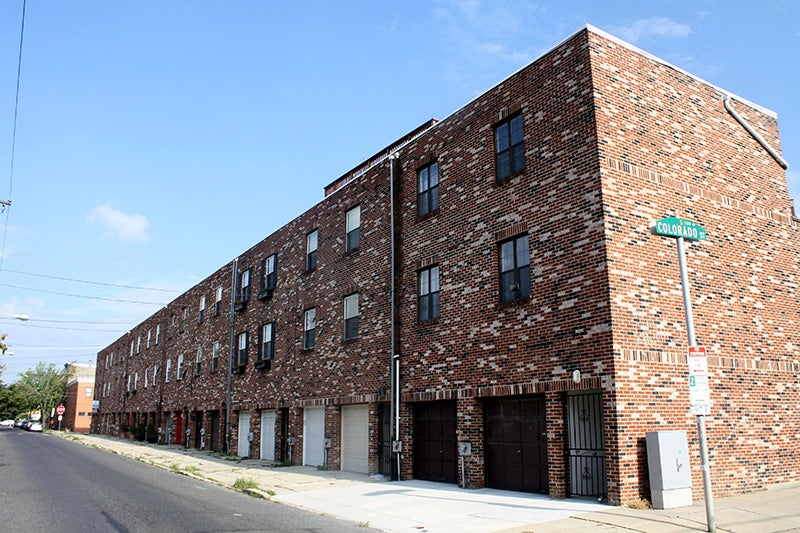Councilman calls OPA assessments a ‘wild-ass guess’ at property values

City Council continued to raise questions Tuesday about the accuracy of the property reassessments conducted over the last few years by the Office of Property Assessment. District Council members in particular say they have gotten an earful from constituents whose tax bills are likely to increase under the Actual Value Initiative, and who don’t understand how the OPA calculated their assessments.
A central point of contention is why some homes’ assessments differ so starkly from prices that they recently sold for. At one point during the hearing, 4th-District Councilman Curtis Jones, Jr., referred to the Office’s method as “a wild-ass guess.”
The OPA has trouble explaining its calculations in simple terms, and perhaps for good reason: the mass assessment process is not simple. The Office calculates home values by analyzing a variety of factors; condition, age, location, and comparable home sales are chief among them.
“We’re not doing anything any differently from any other major city, it’s just that this is the first time we have ever had to do it here in the City of Philadelphia,” said Richie McKeithen, the OPA’s chief assessment officer. “There are commonsense themes to it, but when you start talking about formulas, logarithms, and things like that—sure, there’s a degree of difficulty to it. You can’t just sit down and say, ‘this times that equals this.’”
Councilman Jones—citing the Occam’s Razor principle, which holds that the simplest available theory or hypothesis should be followed—said it could be simpler.
What kind of method would he like to see?
“One that is a little more closely akin to neighborhoods’ concerns, boundaries that [OPA] may not be aware of, factors that aren’t as tangible as their mathematical, complicated, truly complicated theory,” Jones said.
Jones conceded that the OPA has a difficult task, and that a property’s value is a “moving target.” But he said the office’s highly technical explanation of how it calculates value is unconvincing.
“Boil it down from all of the complicated variables to ‘one plus one equals two,’” Jones said. “That’s what you hear at these outreach sessions, these AVI meetings. How could they come up with this calculation when down the street it sold for $200,000 less than what we’re assessed. So, those are common sense factors. How did you miss it with that complicated formula that there was a sale last week, or two weeks ago, or two months ago?”
The OPA says that its assessment is within 13.9 percent of recent sales prices, which it says is within the 15 percent industry standard. It says that the assessments will only get more accurate as the process is repeated year after year. But District Council members like Curtis Jones feel like more needs to be done to get the assessments right, right away.
PlanPhilly asked Jones how much inaccuracy he’d be willing to tolerate in the first year of the Actual Value Initiative.
“In my district? None,” he said. “Citywide, there’s national norms that are reasonable. They mentioned 15 percent. I think that if you are looking at a neighborhood where you have thirty percent off, and then dealing with another neighborhood where there’s five percent, and then averaging that out, that’s not what we need to do. We have to do a case-by-case, neighborhood-by-neighborhood reassessment of the reassessment.”
Contact the reporter at jbrey@planphilly.com and follow him on Twitter @jaredbrey
WHYY is your source for fact-based, in-depth journalism and information. As a nonprofit organization, we rely on financial support from readers like you. Please give today.



